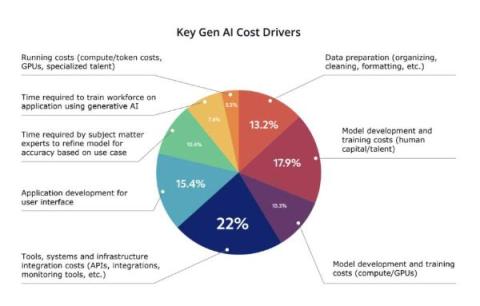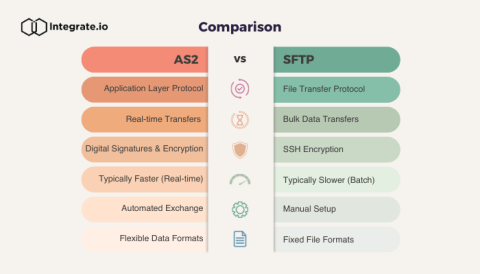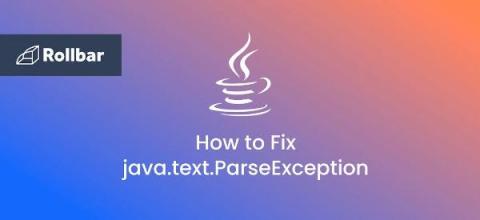How to use generative AI for exploratory testing? (With examples)
Generative AI is bringing a new era of “convenience” with ChatGPT, from OpenAI, taking center stage in our daily lives. From aiding in solving complex problems to generating content, this large language model has become a helpful companion for various testing-related tasks. As generative AI is becoming increasingly present in our daily lives, we should understand how to use it and account for its limitations.











